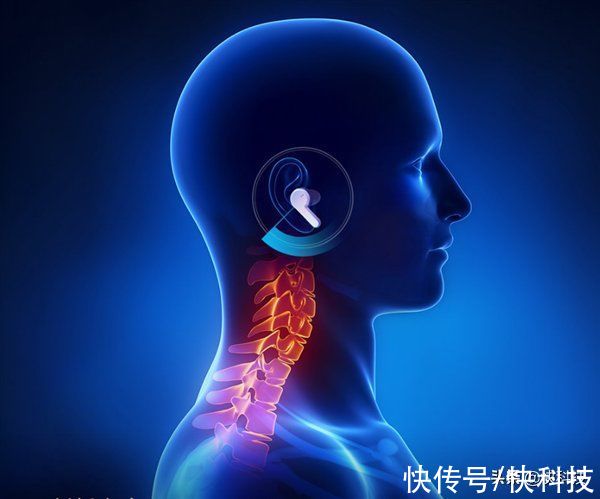超外差接收机——射频、中频、基带和镜频干扰
超外差接收机——射频、中频、基带和镜频干扰
超外差接收机架构 
文章图片
Block diagram of a typical superheterodyne receiver. Red parts are those that handle the incoming radio frequency (RF) signal;
green are parts that operate at the intermediate frequency (IF), while blue parts operate at the modulation (audio) frequency. The dotted line indicates that the local oscillator and RF filter must be tuned in tandem.
信号的产生和超外差接收机的工作 飞在空中的射频信号是怎么来的呢?
一般都是先将基带信号调到中频,再调到高频的载波上,成为射频信号发射出去。
超外差接收机将信号接收下来,高频滤波,放大之后和本振混频,得到中频信号,之后再进行中频放大和滤波,将承载在中频上的信号解调下来。(见下图)

文章图片
How a superheterodyne radio works. The horizontal axes are frequency f. The blue graphs show the voltages of the radio signals at various points in the circuit. The red graphs show the transfer functions of the filters in the circuit;
the thickness of the red bands shows the fraction of signal from the previous graph that passes through the filter at each frequency. The incoming radio signal from the antenna (top graph) consists of the desired radio signal S1 plus others at different frequencies. The RF filter (2nd graph) removes any signal such as S2 at the image frequency LO - IF, which would otherwise pass through the IF filter and interfere. The remaining composite signal is applied to the mixer along with a local oscillator signal (LO) (3rd graph). In the mixer the signal S1 combines with the LO frequency to create a heterodyne at the difference between these frequencies, the intermediate frequency (IF), at the mixer output (4th graph). This passes through the IF bandpass filter (5th graph) is amplified and demodulated (demodulation is not shown). The unwanted signals create heterodynes at other frequencies (4th graph), which are filtered out by the IF filter .
镜像频率和镜频干扰 
文章图片
Graphs illustrating the problem of image response in a superheterodyne. The horizontal axes are frequency and the vertical axes are voltage. Without an adequate RF filter, any signal S2 (green) at the image frequency
is also heterodyned to the IF frequency ? along with the desired radio signal S1 (blue) at ? , so they both pass through the IF filter (red). Thus S2 interferes with S1.
【超外差接收机——射频、中频、基带和镜频干扰】如果射频滤波没有将上图中的镜频滤除,镜频承载的信号会同时落入中频,对目标信号形成干扰。
抑制镜像频率——二次变频 
文章图片
Double conversion superheterodyne receiver block diagram
有时因为中频频率太低(射频和本振频率太靠近)才导致无法滤除镜频,因此将中频提高,再进行二次变频。

文章图片
即使二次变频也会存在镜频问题,在低频处滤波效果比较好,可以将镜像频率滤除。
推荐阅读
- 急于表达——往往欲速则不达
- 慢慢的美丽
- 《真与假的困惑》???|《真与假的困惑》??? ——致良知是一种伟大的力量
- 2019-02-13——今天谈梦想()
- 考研英语阅读终极解决方案——阅读理解如何巧拿高分
- Ⅴ爱阅读,亲子互动——打卡第178天
- 低头思故乡——只是因为睡不着
- 取名——兰
- 每日一话(49)——一位清华教授在朋友圈给大学生的9条建议
- 广角叙述|广角叙述 展众生群像——试析鲁迅《示众》的展示艺术












